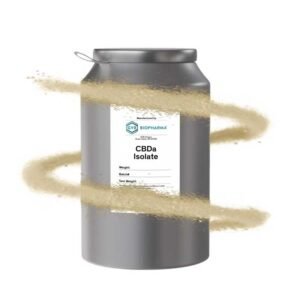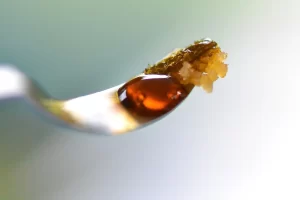Outdoor cannabis cultivation is becoming an increasingly popular option for many cultivators, and for good reason. Outdoor cultivation is not only more environmentally friendly, but it also has several advantages over indoor cultivation, including higher yields, lower costs, and a more natural growing experience for the plant. Whether you are an experienced grower or just starting out, there is something incredibly satisfying about growing cannabis outdoors and watching your plants thrive under the wide open sky. Below are some important tips for growing cannabis outdoors.
Contents
1. Good genetics is key
Good genetics is essential for growing healthy and productive cannabis plants. When it comes to outdoor cultivation, genetics are even more important because plants are subject to a variety of environmental factors that can affect their growth and yield. A plant with strong genetics will be better able to handle changes in temperature, humidity, and other environmental factors, as well as be more resistant to pests and diseases. When choosing seeds or clones for outdoor cultivation, use a reputable source such as Weed Seeds USA to ensure resilient, robust plants that will produce high-quality buds.
2. Choose a sunny spot
Choosing the right location is a crucial step in setting up an outdoor cannabis garden. Sunlight, airflow, and a constant temperature are essential. Ideally, you should pick a spot that receives at least six hours of direct sunlight per day. Cannabis plants need ample sunlight to produce healthy buds, so avoid areas that get too much shade. Additionally, you will need good air circulation to prevent issues such as mold and mildew. Avoid areas that are prone to flooding and poor drainage, which can cause root rot and other problems. You should also consider privacy and security when choosing a cannabis garden setting. Growing cannabis may be legal in your area but you want to prevent unwanted visitors from tampering with your crop.
3. Prepare your soil
Cannabis plants are hardy but they can be hungry for nutrients. Before planting, you must test the pH level and nutrient content of your soil to ensure that it is optimal for cannabis growth. Cannabis plants prefer a slightly acidic pH range of 6.0 to 7.0. Additionally, cannabis plants require a range of nutrients, including nitrogen, phosphorus, and potassium. So, if your soil is too alkaline or poor, consider adding organic fertilizers or compost to enrich it. You should also make sure that the soil has good drainage and plenty of aeration to prevent waterlogging.
4. Leave room to grow
Leaving enough room for your outdoor cannabis plants to grow is crucial for ensuring healthy development and maximum yield. Cannabis plants can grow quite large, with some varieties reaching heights of over 10 feet. Some varieties tend to be are bushier than others as well. Make sure you space your plants at least three to four feet apart to allow for adequate air circulation and light penetration. Otherwise, they may be prone to mold and bud rot. Allocating each plant plenty of space will also prevent them from competing with each other for nutrients and water.
5. Prevent pests and diseases
One disadvantage of an outdoor cannabis plantation is that the plants are vulnerable to a range of pests and diseases. You must inspect your plants regularly for signs of pests or disease, and address any issues as soon as possible. Companion planting—which involves growing plants that naturally repel pests (such as marigolds) alongside your cannabis plants—is an effective way to prevent pests. However, not everyone wants to tend to different types of plants. You can also consider using natural pest control methods like neem oil or releasing beneficial insects such as ladybugs. To prevent diseases, keep your plants well-ventilated and avoid overwatering.
6. Prune your plants
Pruning and training your outdoor cannabis plants correctly will promote healthy growth. Most importantly, it can increase yield and improve the quality of your harvest. Consider using low-stress training techniques to start, such as topping or low-stress training. This involves bending and tying down branches to encourage bushier growth and more buds. Meanwhile, pruning techniques, such as defoliation, can help improve light penetration and air circulation. When pruning, be sure to use sterile tools and avoid removing more than a third of the plant’s foliage at a time.
7. Fertilize at the right time
Fertilizing your outdoor cannabis plants is a no-brainer, but timing matters. Use a nitrogen-rich fertilizer during the vegetative stage to promote healthy development and support leaf and stem growth. During the flowering stage, switch to a phosphorus-rich fertilizer to encourage the growth of large, resinous buds. To provide a consistent supply of nutrients over time, consider using slow-release or organic fertilizers. Avoid fertilizing your plants during periods of extreme heat or dryness and never over-fertilize as this can cause nutrient burns. Always use high-quality fertilizer designed for cannabis plants or make your own organic compost.
Cultivating cannabis is now legal in many states in the US. Whether you grow cannabis in your garden or a commercial farm lot, it can be a rewarding and fulfilling experience. Outdoor growing allows you to produce natural, high-quality cannabis with minimal equipment and resources. With the right preparation and care, you will cultivate a healthy outdoor cannabis crop and enjoy a bountiful harvest.




